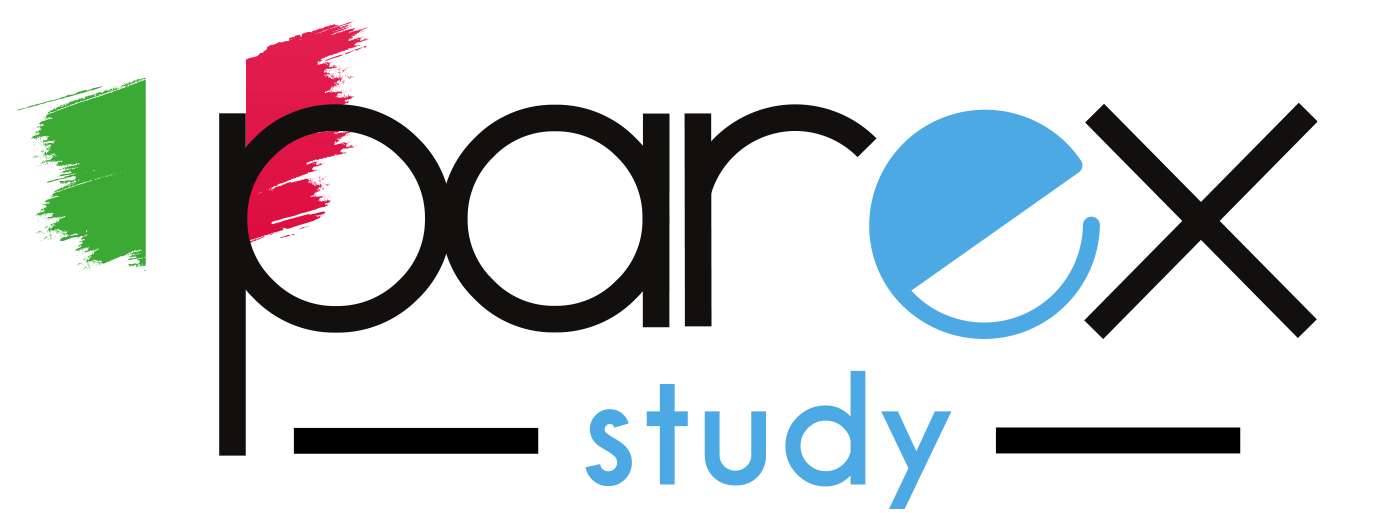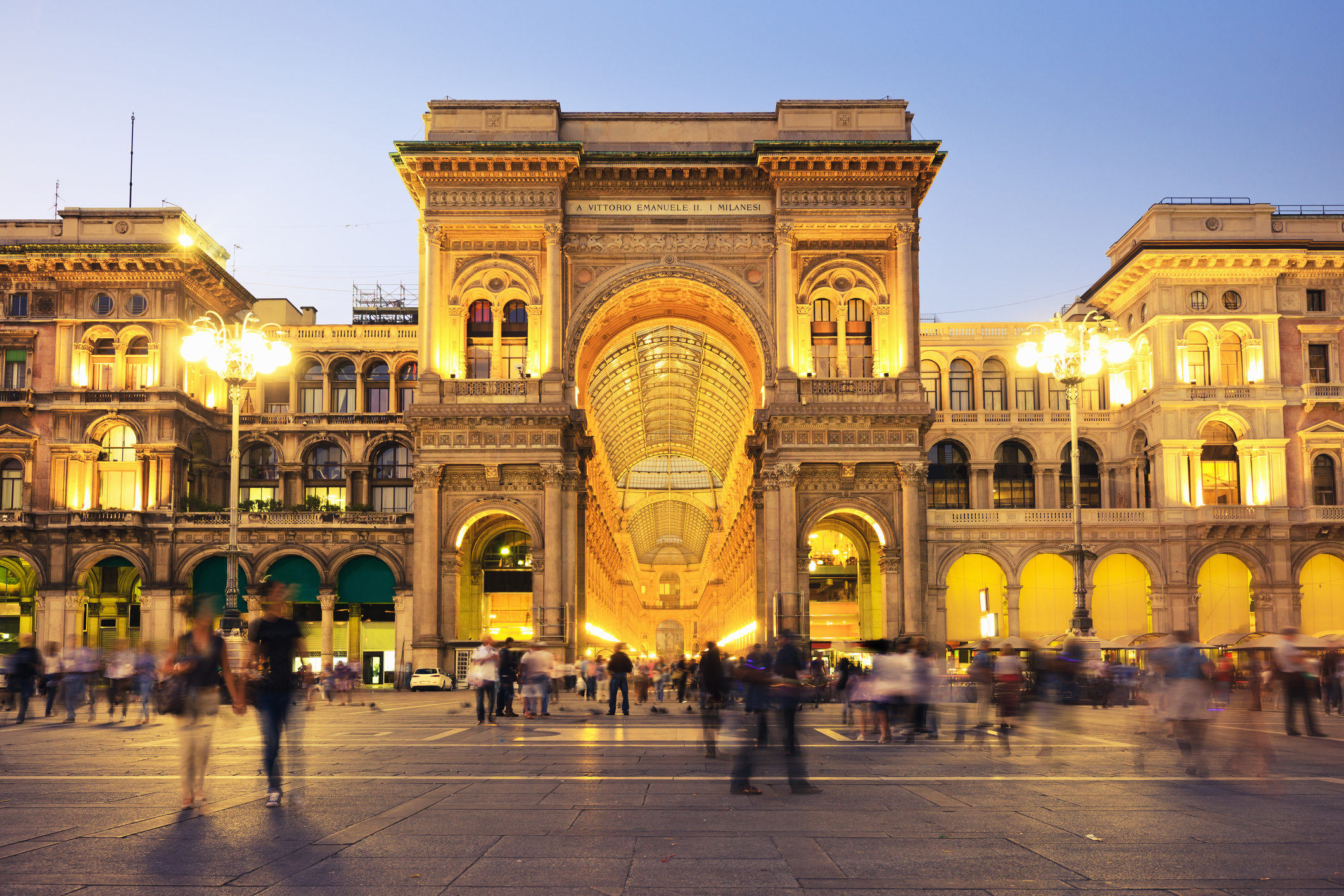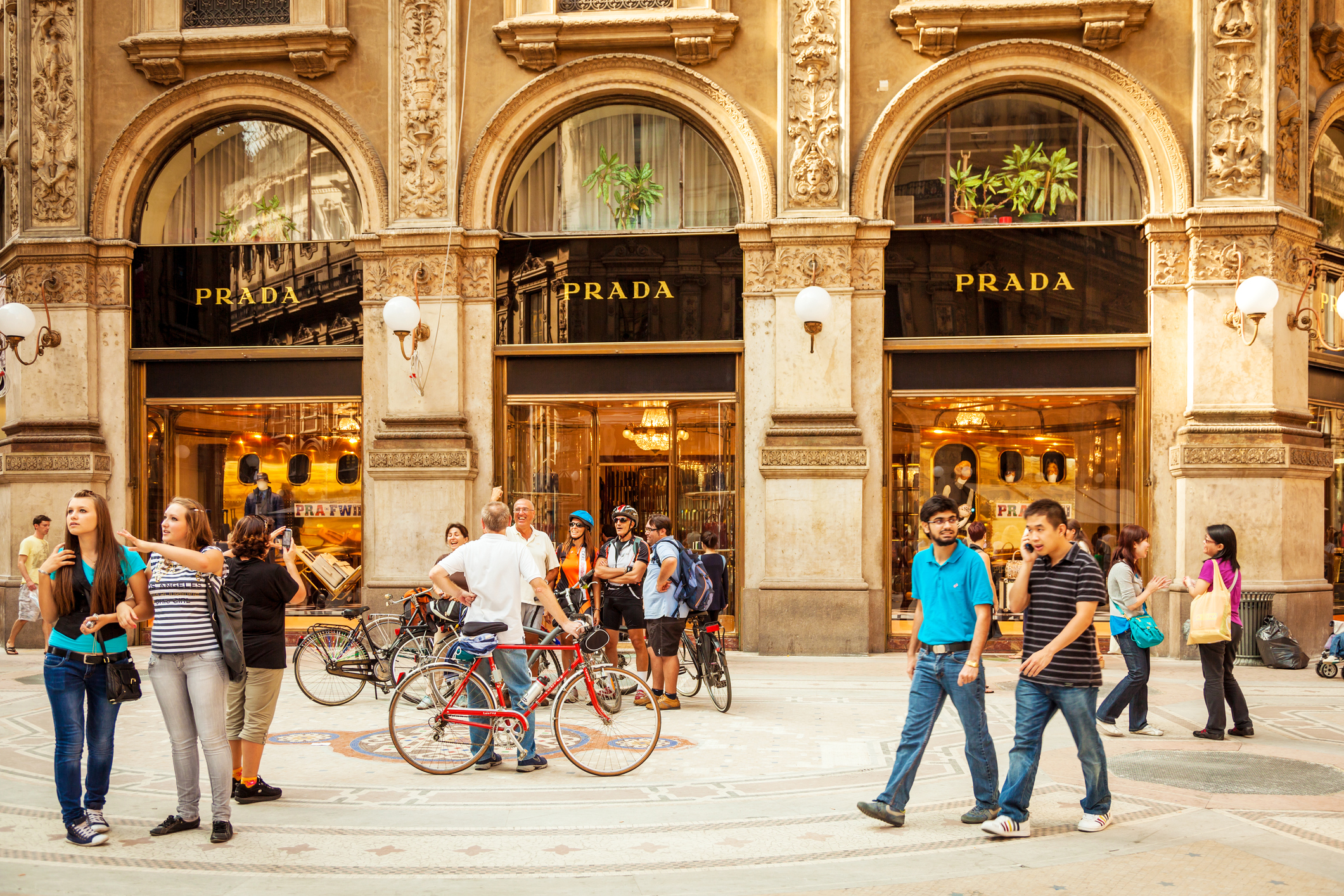University of Milan
University of Milan
Undergraduate – Postgraduate – Single Cycle
Agrifood – Economics -Chemistry – Computer – Humanities – Law – Medicine – Pharmacy – Politics – Sciences
From €3000 and more
The University of Milan, known as “Università degli Studi di Milano” in Italian, is one of Italy’s leading higher education institutions. While the University of Milan was officially founded in 1924, it has historical roots dating back to the Brera Astronomical Observatory, founded in 1776, and the School of Pharmacy, established in 1802. These institutions eventually merged to form the modern university.
The university has multiple campuses throughout Milan, each specializing in different academic disciplines. These include humanities, sciences, engineering, medicine, and social sciences.
The University of Milan consistently ranks as one of Italy’s top universities and is renowned for its contributions to research and academic excellence. It plays a pivotal role in the Italian higher education landscape.
The university offers a wide range of undergraduate, graduate, and doctoral programs across various fields, including arts and humanities, natural sciences, social sciences, medicine, engineering, and economics. The university has a notable history of producing Nobel laureates, including physicist Carlo Rubbia and chemist Giulio Natta, who received the Nobel Prize in Physics and Chemistry, respectively, for their groundbreaking research.
The University of Milan actively welcomes international students, contributing to its diverse and multicultural community. It offers numerous programs and courses in English to accommodate international students and has established partnerships with universities worldwide, facilitating student exchange programs and research collaborations.
The University of Milan boasts an extensive student body, with tens of thousands of students pursuing various degrees and programs. It is involved in groundbreaking research across a broad spectrum of disciplines, contributing significantly to Italy’s scientific and technological advancements.
Undergraduate
- Ancient Civilizations for the Contemporary World
- Economics: Behavior, Data and Policy
- International Politics
Postgraduate
- Bioinformatics
- Biomedical Omics
- Biotechnology for the bioeconomy
- Pharmaceutical biotechnology
- Public and Corporate Communication
- Cosmetic Industrial Science
- Itellectual and Visual History
- Data Science for Economics
- Economics and political science
- Environmental Change and Global Sustainability
- Finance and Economics
- Geophysics
- Global Environment and Development
- Global Politics and Society
- Human-Centered Artificial Intelligence
- Industrial chemistry
- Law and Sustainable Development
- Management of Human Resources
- Management of innovation and entrepreneurship
- Medical Biotechnology
- Migration Studies and New Societies
- Molecular Biology of the Cell
- Molecular biotechnology and Bioinformatics
- Plant Science
- Philosophy and Public Affairs
- Quantitative biology
- International Relations
- Safety Assessment of Xenobiotics
- Sustainable natural resource management
- Valorization and Sustainable Development of Mountain Areas
Single Cycle
- Medicine and Surgery
Master first level
- No courses in English
Regional Scholarships
- Based on academic achievement
- Based on ISEE (family income)
Life in Milan
Milan, Italy’s fashion and design capital, is a bustling metropolis with a rich history and a vibrant cultural scene. Whether you’re interested in art, architecture, shopping, or cuisine, Milan offers a wide range of attractions and activities. Here are some things to do and see in Milan:
- Duomo di Milano (Milan Cathedral): Start your visit at this magnificent Gothic cathedral, one of the largest in the world. You can climb to the rooftop for panoramic views of the city.
- Galleria Vittorio Emanuele II: Adjacent to the Duomo, this elegant shopping arcade is known for its stunning glass roof, luxury boutiques, cafes, and restaurants.
- The Last Supper (Cenacolo Vinciano): Reserve tickets in advance to see Leonardo da Vinci’s iconic mural painting of The Last Supper, located in the Convent of Santa Maria delle Grazie.
- Castello Sforzesco: Explore this historic fortress turned museum, which houses art collections, historical artifacts, and beautiful gardens. Don’t miss Michelangelo’s unfinished sculpture, the Rondanini Pietà.
- Brera District: Wander through the charming streets of Brera, known for its artistic atmosphere, galleries, boutiques, and the Pinacoteca di Brera art gallery.
- La Scala Opera House (Teatro alla Scala): Take a guided tour of one of the world’s most renowned opera houses, or attend a performance if you have the opportunity.
- Navigli District: Explore Milan’s picturesque canal district, Navigli, famous for its canals, lively nightlife, art studios, and restaurants.
- Sempione Park (Parco Sempione): Relax in this expansive park near the Castello Sforzesco. It’s a great place for a leisurely stroll, picnicking, or people-watching.
- Chinatown: Explore Milan’s vibrant Chinatown, known for its bustling markets, authentic Chinese restaurants, and cultural events.
- Culinary Delights: Savor Milan’s culinary specialties, including risotto alla milanese, ossobuco, and panettone. Don’t forget to indulge in gelato and espresso.
Tips for students: Consider taking day trips from Milan to nearby attractions like Lake Como, Lake Garda, or the medieval town of Bergamo. Milan can be expensive, so search for affordable housing options, such as student dormitories, shared apartments, or university housing. Start your search early to secure the best deals.
Parexstudy
Consulting for University of Milan
If you are interested in this university, please get in touch with us through the form. We will answer as soon as possible all your questions and provide you with any helpful information about departments, fees, accommodation, and scholarships. Go ahead!


